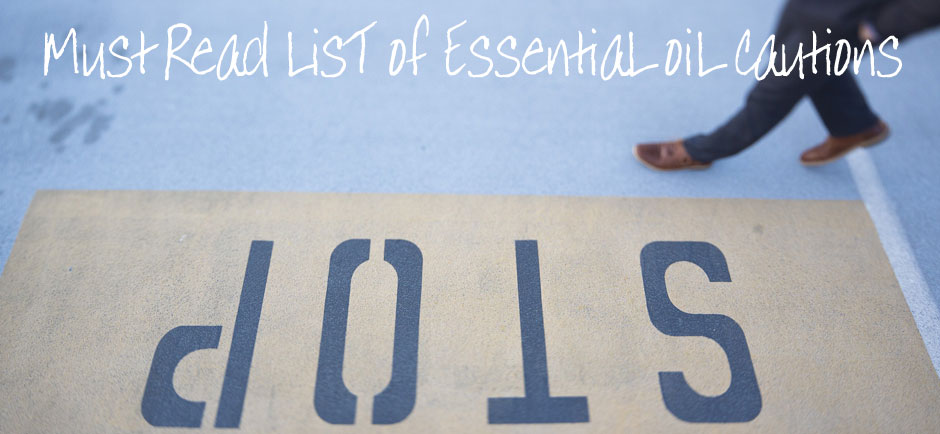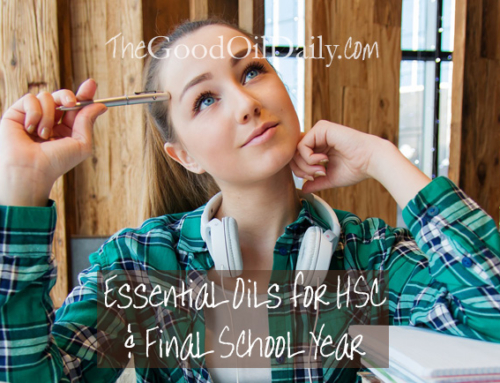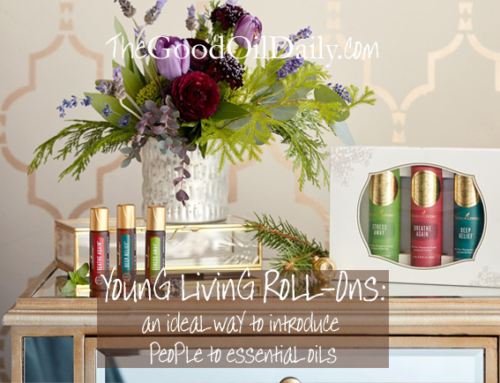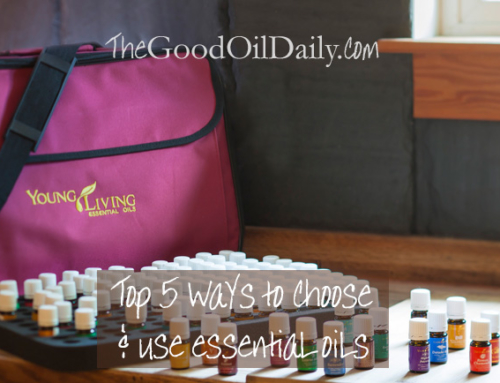When using genuinely pure essential oils, it’s important to follow essential oil safety cautions and guidelines. For sure, authentic essential oils are 100% natural. But they are highly potent and not all are suitable for inhaling deeply close up or rubbing on anywhere and everywhere.
We’ve already covered guidelines for safe use in this post here, so please go check it out if you’re new to essential oils or a seasoned pro who might be guilty of growing a bit blase.
Along with general guidelines, some essential oils in particular have higher concentrations of certain constituents that garner them extra need of care.
Key notes:
- This list is a guide and not 100% exhaustive
- Before using any oil, look it up in a trustworthy essential oils reference book. If you don’t have one, before buying any more oils, please get one. Knowledge is power
- All essential oils should be checked for drug contraindications with the prescribing physician
Essential Oil Safety Cautions List from A-Z
Basil (Ocimum basilicum) avoid use if epileptic
Bergamot (Citrus aurantium bergamia) avoid direct sunlight and UV for at least 48 hours after applying unless it’s furocoumarin-free bergamot oil
Cassia (Cinnamomum cassia) can be irritating to nasal passages and membranes if inhaled directly from the diffuser or bottle
Cinnamon Bark (Cinnamomum zeylanicum) can be irritating to nasal passages and membranes if inhaled directly from the diffuser or bottle
Clove (Syzgium aromaticum) anticoagulant properties can be increased when combined with thinning medications like aspirin
Cumin (Cuminum cyminum) dilute before applying; avoid direct sunlight and UV for at least 24 hours after applying
Fennel (Foeniculum vulgare) avoid use if epileptic
Ginger (Zingiber officinale) anticoagulant properties can be increased when combined with thinning medications like aspirin
Grapefruit (Citrus paradisi) avoid direct sunlight and UV for at least 24 hours after applying
Helichrysum (Helichrysum italicum) anticoagulant properties can be increased when combined with thinning medications like aspirin
Hyssop (Hyssopus officinalis) avoid use if epileptic
Idaho Ponderosa Pine (Pinus ponderosa) do not use if pregnant or trying to conceive
Idaho Tansy (Tanacetum vulgare) do not use if pregnant or trying to conceive
Lavendin (Lavandula x hybrid) do not use on burns; this is a different species with different constituents from lavandula angustifolia
Lavender (Lavandula angustifolia) one of the most commonly adulterated essential oils, often mixed with lavendin and synthetic additives that can cause adverse effects, so be hyper-diligent about authenticity when buying
Lemon (Citrus limon) avoid direct sunlight and UV for at least 24 hours after applying
Lime (Citrus latifolia or C.aurantifolia Swingle) avoid direct sunlight and UV for at least 48 hours after applying
Mandarin (Citrus reticulata) avoid direct sunlight and UV for at least 24 hours after applying
Micromeria (Micromeria fruticosa) do not use if pregnant or trying to conceive
Orange (Citrus sinenses) avoid direct sunlight and UV for at least 24 hours after applying
Oregano (Origanum vulgare) a very ‘hot’ oil high in phenols; dilute before applying; can be irritating to nasal passages and membranes if inhaled directly from the diffuser or bottle
Palo santo (Bursera graveolens) if pregnant or under a physician’s care, consult with them before using; do not use on infants under 18 months
Peppermint (Mentha piperita) avoid contact with eyes, mucus membranes, sensitive skin, fresh wounds and burns; do not use on infants under 18 months
Petitgrain (Citrus sinenses/C. aurantium amara) avoid direct sunlight and UV for at least 24 hours after applying
Pine (Pinus silvestris) commonly adulterated with turpentine so be hyper-diligent about authenticity when buying
Rosemary (Rosemarinus officinalis CT cineole) do not use on children under 4 yrs; can interact with certain prescription drugs
Ruta (Ruta graveolens) avoid direct sunlight and UV for at least 24 hours after applying
Sage (Salvia officinalis) avoid use if epileptic or with high blood pressure
Spanish Sage (Salvia lavandulifolia) avoid use if epileptic or with high blood pressure
Tangerine (Citrus reticulata) avoid direct sunlight and UV for at least 24 hours after applying
Tarragon (Artemisia dracunculus) avoid use if epileptic
Thyme (Thymus vulgaris) a very ‘hot’ oil high in phenols; dilute before applying; can be irritating to nasal passages and membranes if inhaled directly from the diffuser or bottle
Wintergreen (Gaultheria procumbens) avoid use if epileptic; anticoagulant properties can be increased when combined with thinning medications like aspirin
Ylang ylang (Cananga odorata) use sparingly with low blood pressure
Yuzu (Citrus junos) avoid direct sunlight and UV for at least 24 hours after applying
With all essential oil use, quality is imperative. All Young Living oils are guaranteed pure from seed to seal, unlike so many brands out there in the marketplace. You really do get what you pay for. You can check it out with your own eyes in this short video.
This will also connect you up with The Good Oil Team for our personal support and coaching. We'd love to help you on your journey to vibrant well-being the natural way!
Any questions? Please get in touch via our Contact page.






